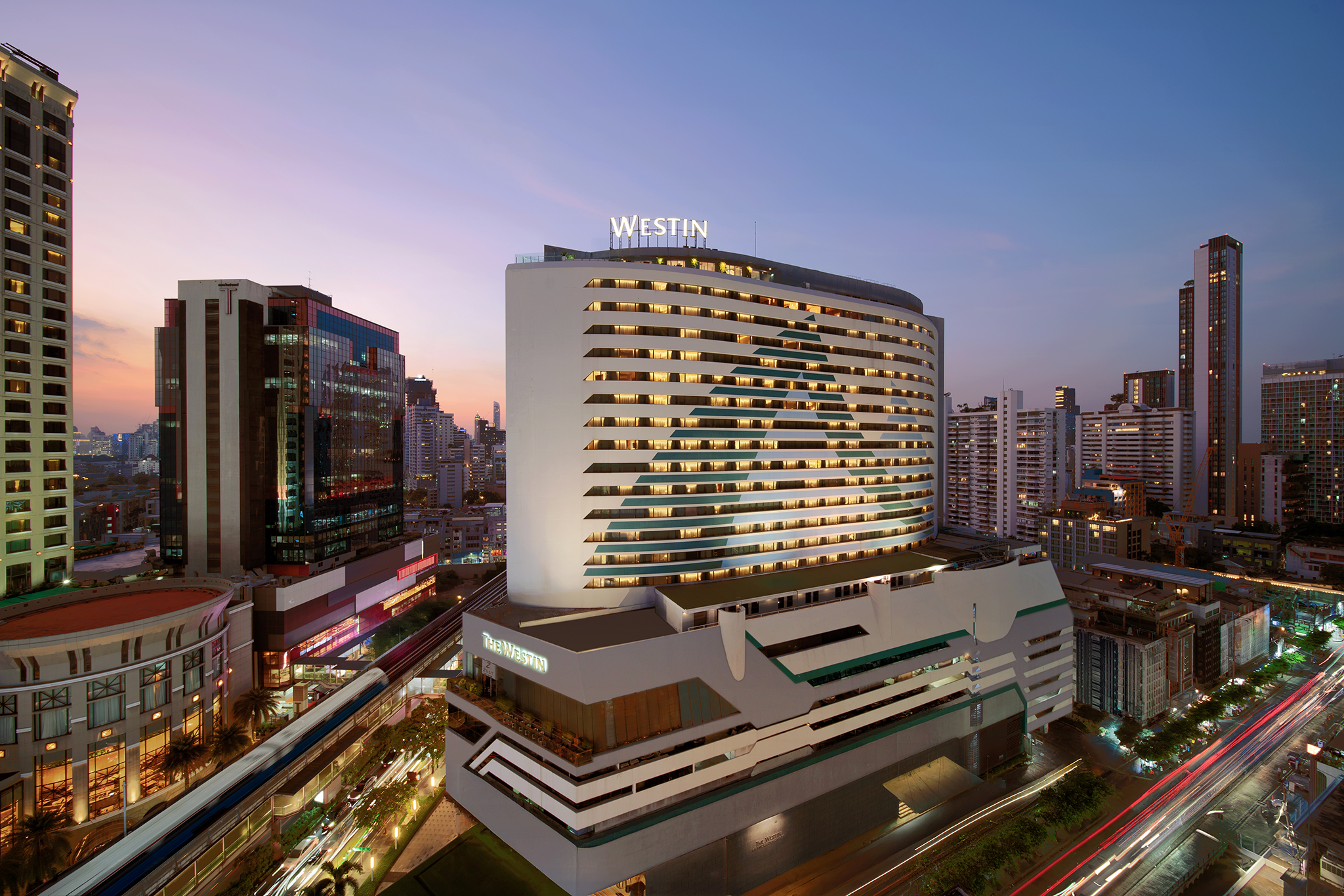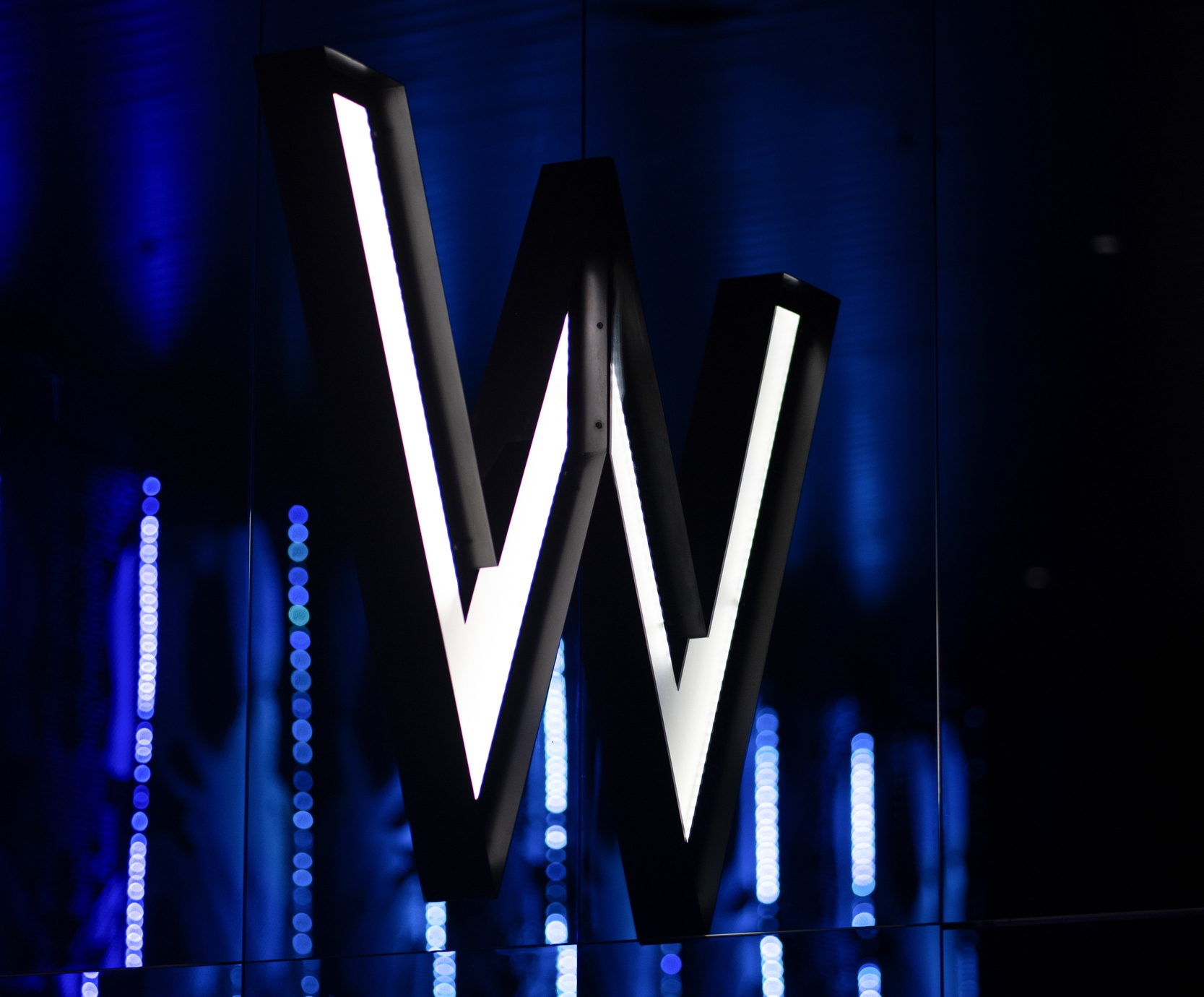Thailand’s infrastructure changes are helping the country reap the rewards from the tourism industry and Thailand’s tourism industry is at an all-time high. According to data from the Tourism Authority of Thailand (TAT), the Kingdom welcomed 17.3 million international visitors in the first half of 2017, generating 876 billion Baht (US$25 bn).
A lot of improvements can be seen in Bangkok, the country’s metropolis, and Phuket, a favourite holiday destination and tropical paradise. In January, hotel industry professionals convened and discussed the mega-projects that are reshaping Bangkok’s cityscape and its impact on tourism and hospitality sectors. The rising number of tourists gave confidence to the hotel sector.
“The crest of a wave”
“Thailand’s tourism industry continues to ride the crest of a wave, with record-breaking numbers of global visitors clamouring to experience the country’s many attractions,” C9 Hotelworks managing director Bill Barnett said.
“As the country’s capital and major international gateway, Bangkok is fast becoming one of the world’s great mega-cities,” he added.

Crossbreed of city and paradise
Phuket passenger arrivals increased by 19% after the completion of the newly upgraded and expanded international airport.
There is a dramatic shift with the travellers as they look for non-beach centric activities. This trend is seen as more retail and tourism attractions are developing on the island. Hotels and resorts are reaping the rewards as well with more check-ins.
Commenting on the changes in the landscape, Barnett, said: “Phuket is gradually transforming to a more urbanised holiday destination rather than a pure beach getaway. Resort-oriented retail is a rising force, with our data showing nearly 200,000 square meters of Grade A net lettable area in the pipeline.”
The rise in the number of tourists can also be attributed to the upsurge of low-cost airlines. According to Thailand-based consulting group C9 Hotelworks’ latest market research, as of May the number of direct flights to Phuket has risen to 23 with 19 from mainland China.

Work still to be done
But challenges remain; Thailand’s transport infrastructure struggles to cope with the tourism influx, hoteliers face strong competition, and average daily rate (ADR) remains under pressure.
This is just as a start as more infrastructure projects are underway. A series of multi-billion-baht developments, including transport links, mega-malls, attractions, hotels and residential projects are transforming the cityscape, creating both opportunities and threats for the city.
“The announcement that the AoT (Airports of Thailand) is set to invest an estimated USD1.8 billion in a second airport just over the Sarasin Bridge in Phang Nga bodes well for fundamentals. Creating a broader Greater Phuket Tourism Triangle that includes Phang Nga Bay and the prime West Coast beach strip from Natai to Thai Muang on the mainland will bring more diversity and refresh the island’s maturing global appeal,” Bartnett concluded.








